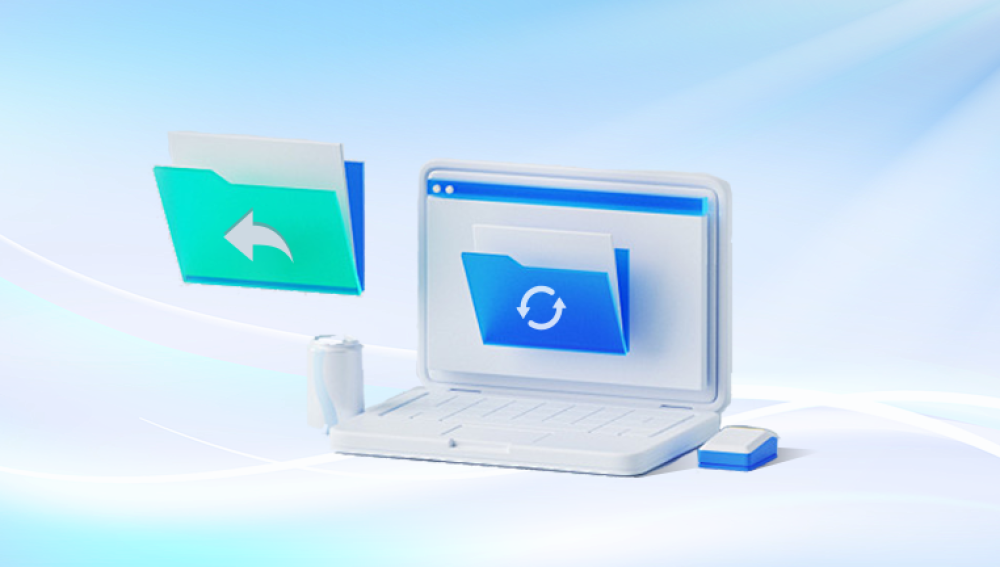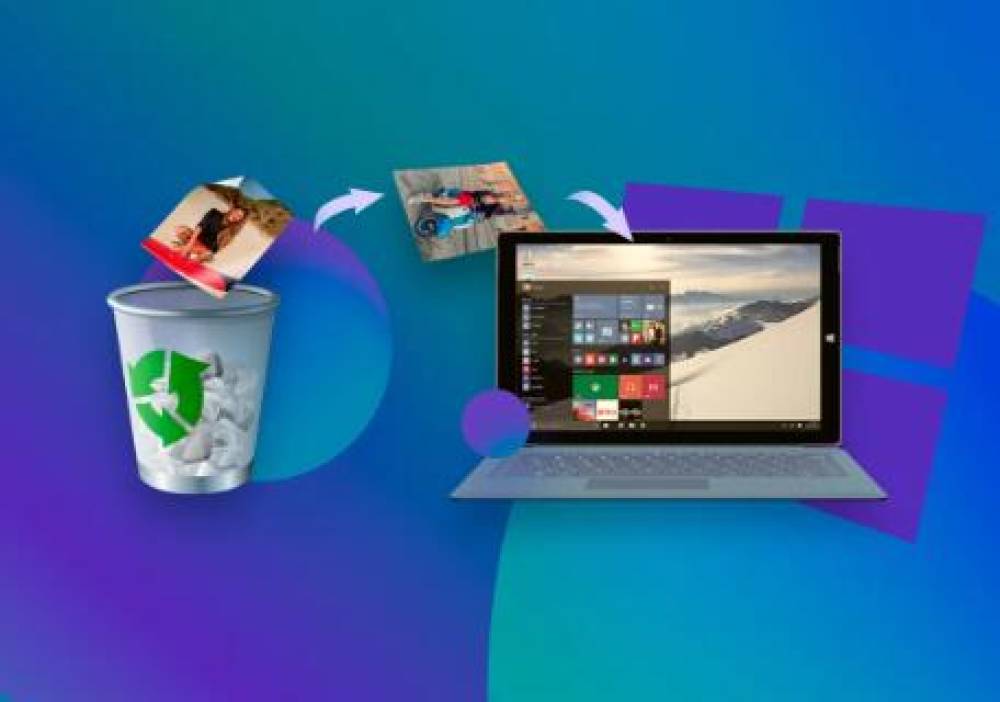The "External Hard Drive Parameter Incorrect" error is a frustrating issue that can prevent access to your data, potentially leading to data loss if not addressed properly. This error often indicates a problem with the drive's file system or partitioning, making it critical to resolve the issue as soon as possible.
What Does "Parameter Incorrect" Mean?
The term "parameter incorrect" suggests that the operating system is unable to read the drive due to misconfigured parameters. This can result from several factors, including:
File System Corruption: Occurs when data on the drive becomes corrupted, often due to improper ejection or sudden power loss.
Partition Issues: Incorrect partitioning can lead to the operating system being unable to recognize the drive.
Driver Problems: Outdated or corrupt drivers can hinder communication between the computer and the external hard drive.
Common Causes
Improper Ejection: Removing the drive without safely ejecting it can lead to corruption.
Power Failures: Unexpected power outages while the drive is in use can cause data loss.
Hardware Issues: Physical damage to the drive can lead to parameter errors.
Virus or Malware Infection: Malicious software can corrupt the file system.
Incompatible File Systems: Using a drive formatted in an unsupported file system for the operating system can trigger errors.
Troubleshooting Steps
1. Check Connections
Start with the basics—ensure that your external hard drive is properly connected.
Inspect USB Ports and Cables: Look for any signs of damage. Try using a different USB cable or port to rule out connectivity issues.
Test with Different Devices: Connect the drive to another computer to see if the error persists. This can help determine whether the issue lies with the drive or the original computer.
2. Run Disk Check Utility
If the issue persists, use built-in disk utilities to check for errors.
For Windows:
Open Command Prompt:
Press Windows + R, type cmd, and hit Enter.
Run CHKDSK:
Type chkdsk X: /f (replace X with your drive letter) and press Enter.
This command will scan the drive for errors and attempt to fix them.
For macOS:
Open Disk Utility:
Go to Applications > Utilities > Disk Utility.
Verify and Repair:
Select your external drive and click on "First Aid." Follow the prompts to repair any detected issues.
3. Update Drivers
Outdated or corrupted drivers can lead to communication issues between your computer and the external hard drive.
Open Device Manager:
Right-click on the Start button and select Device Manager.
Expand Disk Drives:
Locate your external hard drive, right-click, and choose "Update Driver."
Follow the prompts to search for updated drivers.
4. Check Disk Management
Access Disk Management to identify any partition issues.
Open Disk Management:
Right-click on the Start button and select Disk Management.
Look for Unallocated Space or Errors:
If your external drive appears as unallocated or has a file system error, this may indicate the source of the problem.
Right-click on the partition to see options for formatting or changing the drive letter.
Data Recovery Options
If the above steps do not resolve the issue and data loss is a concern, consider these data recovery options:
Using Third-Party Recovery Software
There are numerous data recovery programs available that can help recover lost files:
Recuva: A user-friendly option for Windows.
EaseUS Data Recovery Wizard: Available for both Windows and macOS.
Disk Drill: A versatile tool for multiple platforms.
Importance of Backing Up Data
Regular backups are essential for protecting your data. Consider using cloud storage or another external drive to keep copies of important files. This practice can mitigate data loss in the future.
Formatting the Drive
If data recovery is not possible or the drive remains unusable, formatting may be necessary.
When to Format
Persistent Errors: If the drive is consistently showing the "parameter incorrect" error.
After Recovery: If you successfully recover data but still encounter issues.
How to Format
For Windows:
Open Disk Management:
Right-click on the Start button and select Disk Management.
Right-Click on the Drive:
Choose "Format" and select the desired file system (NTFS, exFAT, or FAT32).
Follow the prompts to complete the formatting process.
For macOS:
Open Disk Utility:
Go to Applications > Utilities > Disk Utility.
Select the Drive:
Click on "Erase," choose the desired format, and confirm the action.
Important Notes
Formatting will erase all data on the drive. Ensure you have backed up any important files before proceeding.
Preventive Measures
Regular Backups
Make it a habit to back up important files regularly. Consider using both physical external drives and cloud storage solutions for redundancy.
Safe Removal Practices
Always eject your external hard drive safely before unplugging it to prevent file system corruption.
Monitoring Drive Health
Use diagnostic tools to regularly check the health of your external hard drive. Tools like CrystalDiskInfo can provide insights into the drive's status.





